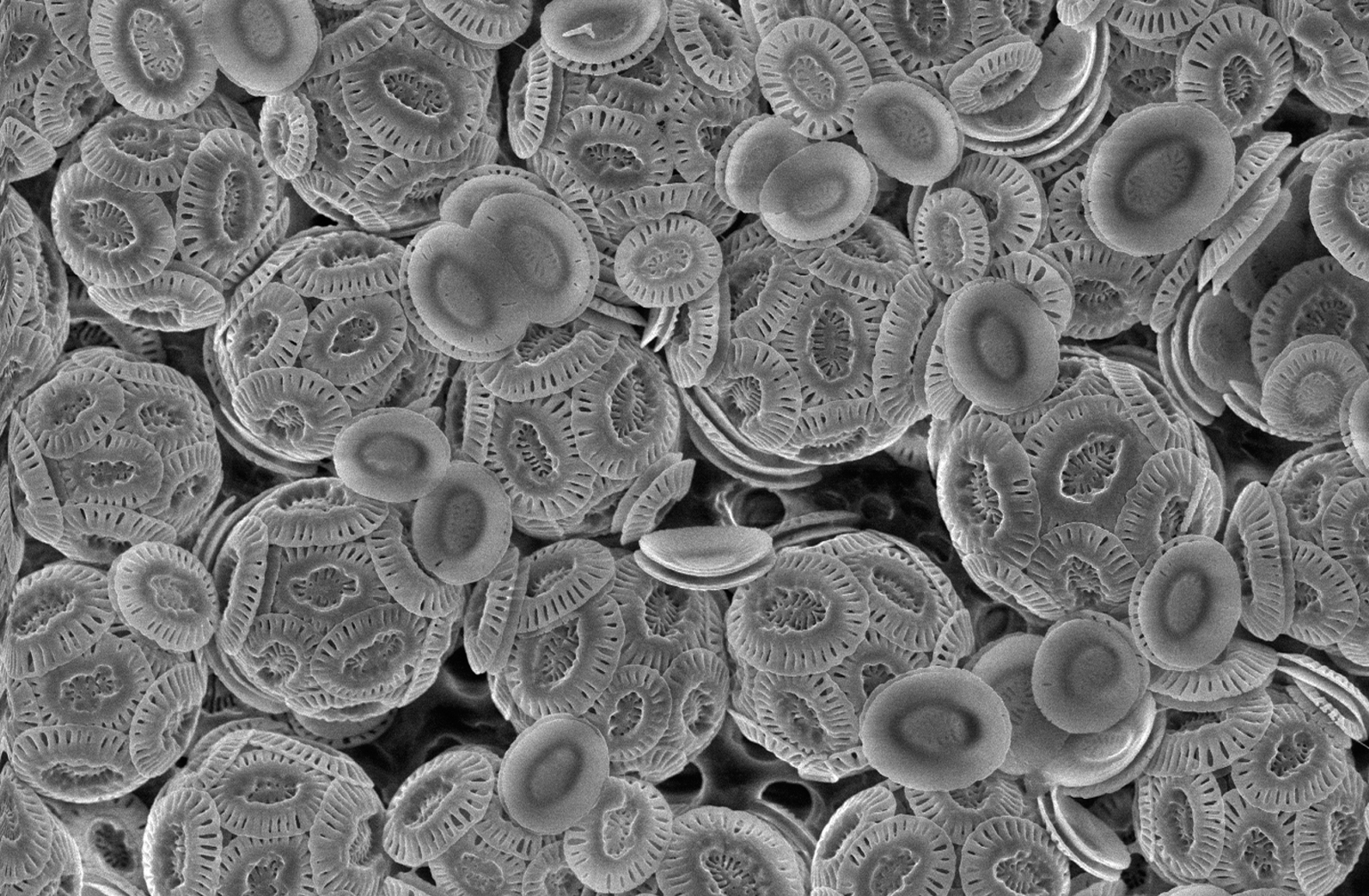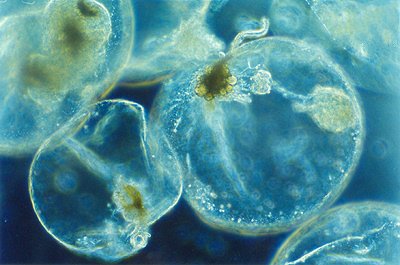Summary
Tipping points and abrupt changes In the Marine Ecosystem (TIME) will integrate satellite-based indicators, in situ data, and models to improve methodologies for assessing resilience and loss of resilience in marine ecosystems, with the goal of providing early warnings of abrupt changes. TIME aims to enhance our understand of how marine ecosystems respond to environmental stress and potential tipping points.
TIME brings together experts in satellite technology, ecology, and climate science to improve how we detect early warning signs of such changes. The goal is to close existing gaps in how we use satellite data to track ocean changes, helping scientists and policymakers better understand, predict, and protect our marine environment in a rapidly changing climate.
The ultimate goal is to create a robust framework for tracking tipping points, supporting climate risk assessments, and informing global reports like those from the IPCC and IPBES.



Background
Over the past two decades, tipping points in climate systems have gained significant attention, largely due to the influential work of Lenton and colleagues. The European Space Agency (ESA), citing the Intergovernmental Panel on Climate Change (IPCC), defines climate tipping points as “critical thresholds in a system that, when exceeded, can lead to a significant change in the state of the system, often with an understanding that the change is irreversible.”
In the TIME project, we adopt a more specific working definition: tipping points occur when change in part of the climate system becomes (i) self-perpetuating beyond (ii) a warming threshold as a result of asymmetry in the relevant feedbacks, leading to (iii) substantial and widespread Earth system impacts.
Despite the oceanographic and marine ecological literature being rich with examples of marine ecosystems in crisis—where rapid, sometimes irreversible changes are already occurring or are predicted due to climate change and other anthropogenic pressures—this body of knowledge has not been fully integrated into the broader climate tipping point literature.
The TIME project addresses this gap by focusing specifically on marine ecosystems. It is structured around eight marine "tipping elements" that were carefully selected to:
- Prioritise where satellite data can play a key and important role;
- Demonstrate significant progress over the duration of the project, i.e., three years;
- Highlight a variety of driving forces (from land, atmosphere and ocean) and a variety of ecosystem responses;
- Cover a range of applications from global to regional;
- Fill known existing gaps;
- Explore emerging vulnerabilities in the ecosystem; and
- Identify uncertainties and confidence level, to facilitate contributions to the next IPCC Assessment Report.
The eight marine "tipping elements" are:
- Phytoplankton and Primary Production
- Phenology
- Plankton Size Structure
- Noctiluca
- Coccolithophores
- Antarctic phytoplankton
- Deep convective Circulation
- Coral Reefs
Aims and objectives
TIME aims to develop and improve methodologies for assessing resilience and loss of resilience in marine ecosystems, and to develop early warning of abrupt changes. TIME is built around OC-CCI time series as the main input from satellites for monitoring marine ecosystems, but it will incorporate other CCI and non-CCI satellite data, in situ observations and models, both theoretical and statistical, that are designed to investigate resilience and fragility.
TIME will investigate interactions and feedback between elements of biological components of the ecosystem and between the ecosystem and its drivers. The work undertaken in the eight tipping elements will fill known existing gaps; explore emerging vulnerabilities in the ecosystem; and identify uncertainties and confidence level, to facilitate contributions to the next IPCC Assessment Report.
Project plans
The TIME projectis structured into five work packages (WPs), each addressing a key technical task.
WP1.1 Scientific Requirements will review the current literature and refine the concepts proposed,
WP1.2 Inventory Document will review the data required for WP3.
WP2.1 Scientific Methodology Strategy will define the appropriate methodology, including feasibility studies to test the methods; this work leads into WP3 Analysis of Tipping Elements.
WP3 is broken into eight tipping elements WP3.0.1 Phytoplankton and Primary Production, WP3.0.2 Phenology, WP3.0.3 Plankton Size Structure, WP3.0.4 Noctiluca, WP3.0.5 Coccolithophore, WP3.0.6 Antarctic Marine Ecosystem, WP3.0.7 North Atlantic Subpolar Gyre, WP3.0.8 Coral Reefs, the work from these studies will result in submitted manuscripts (WP3.1 and WP3.2).
WP4 Uncertainty Analysis will test the quality and limitations of the WP3 results.
WP5 Management will oversee all the WPs and assist in outreach and promotion of the research.

